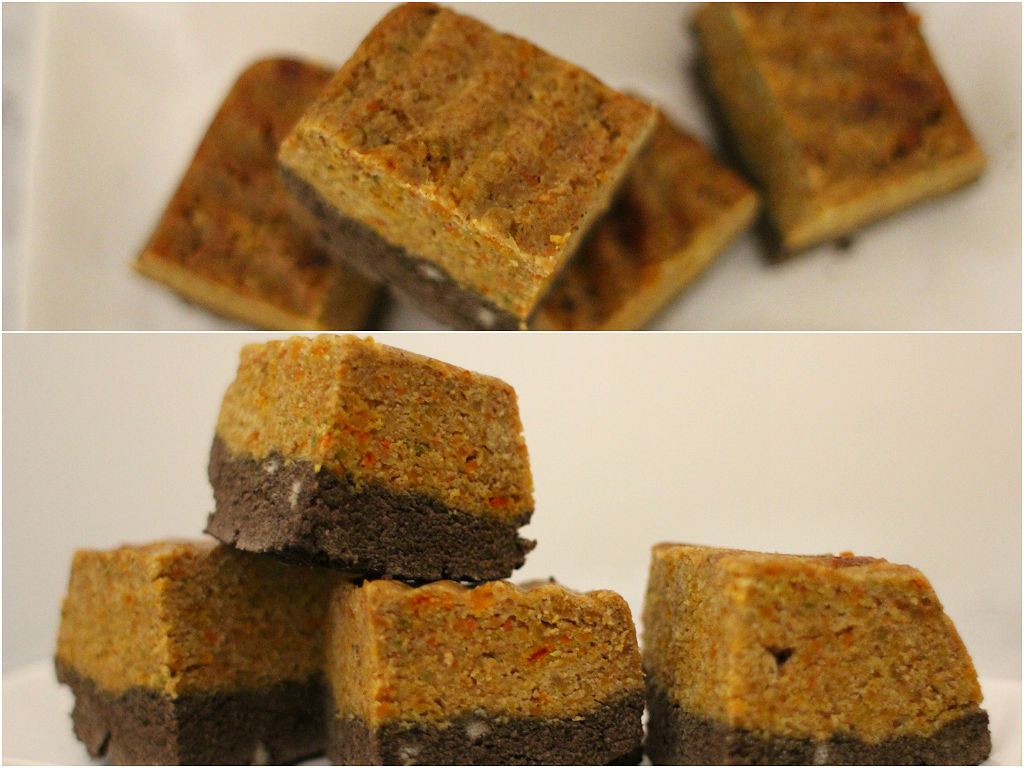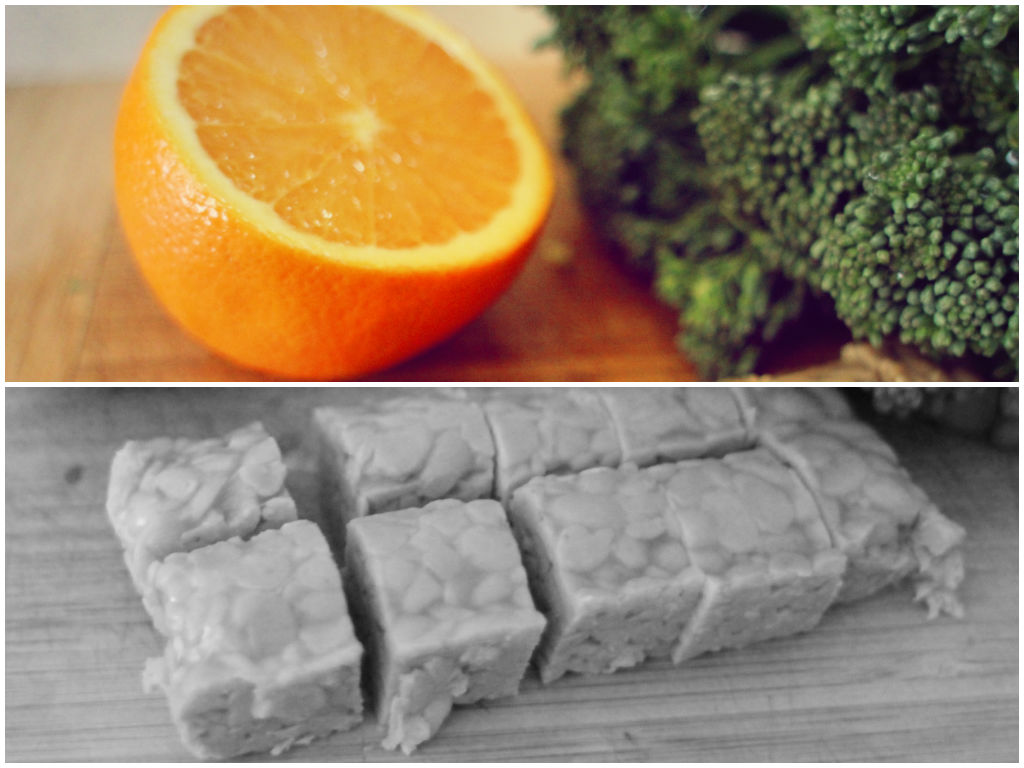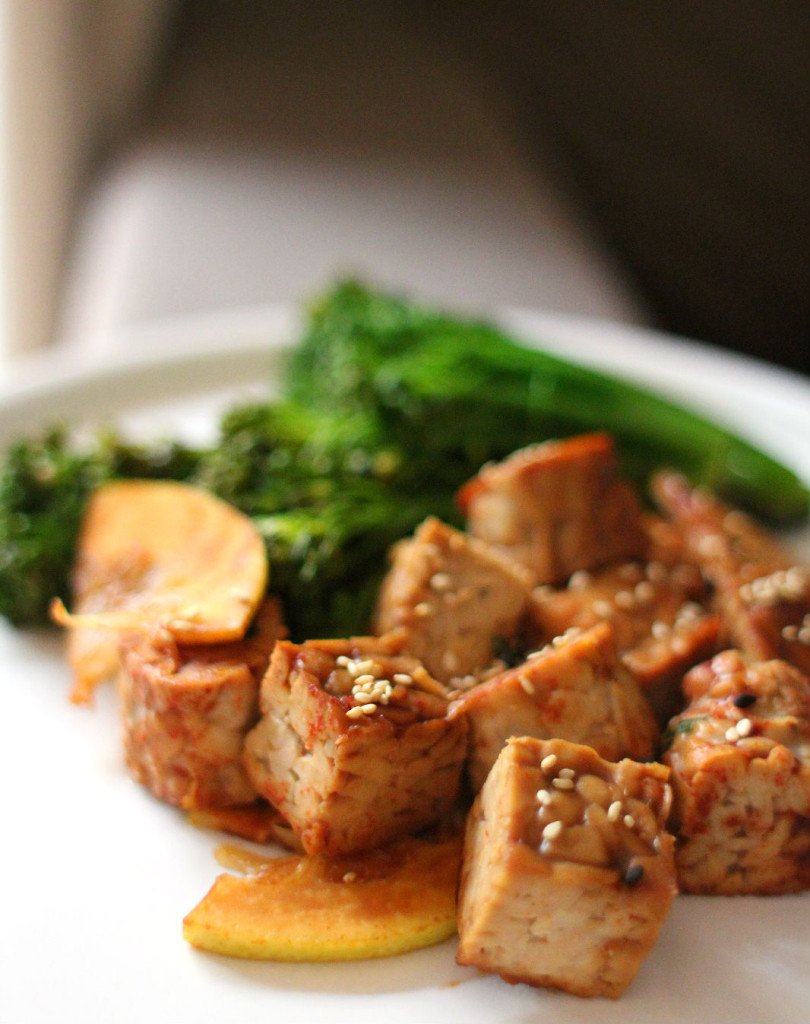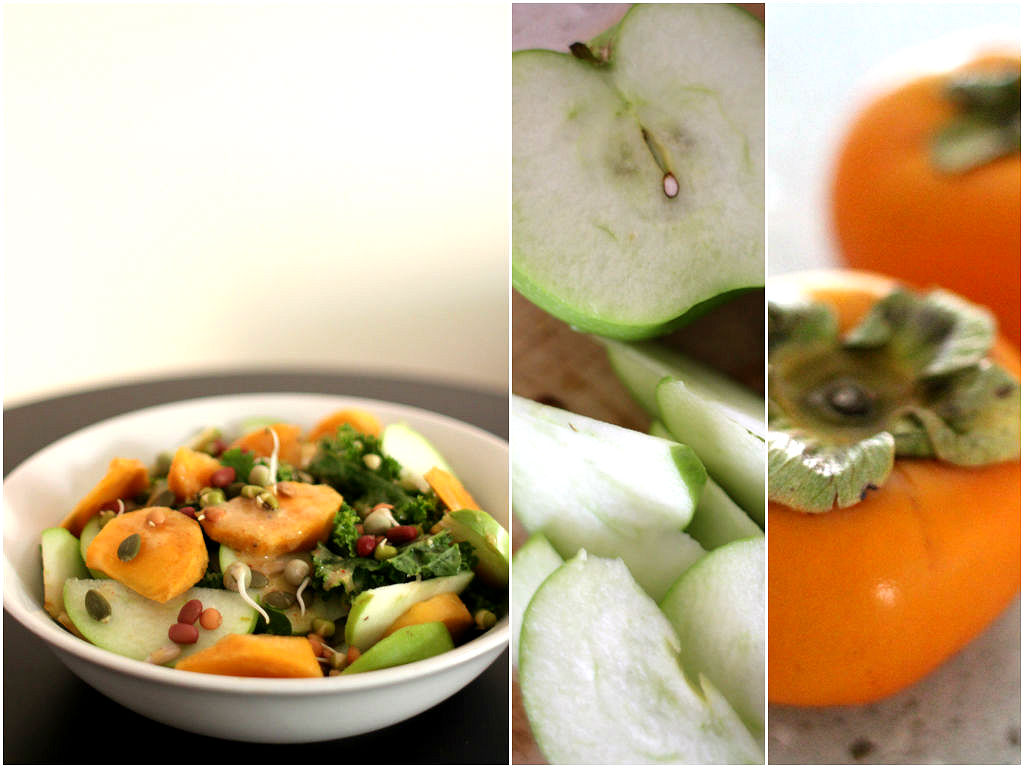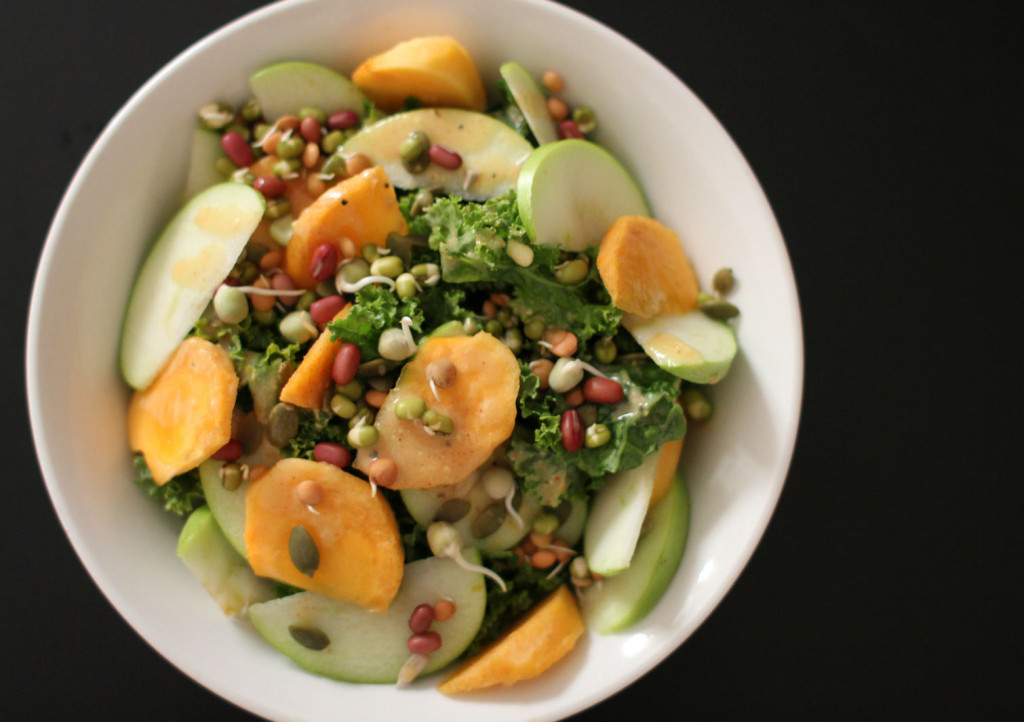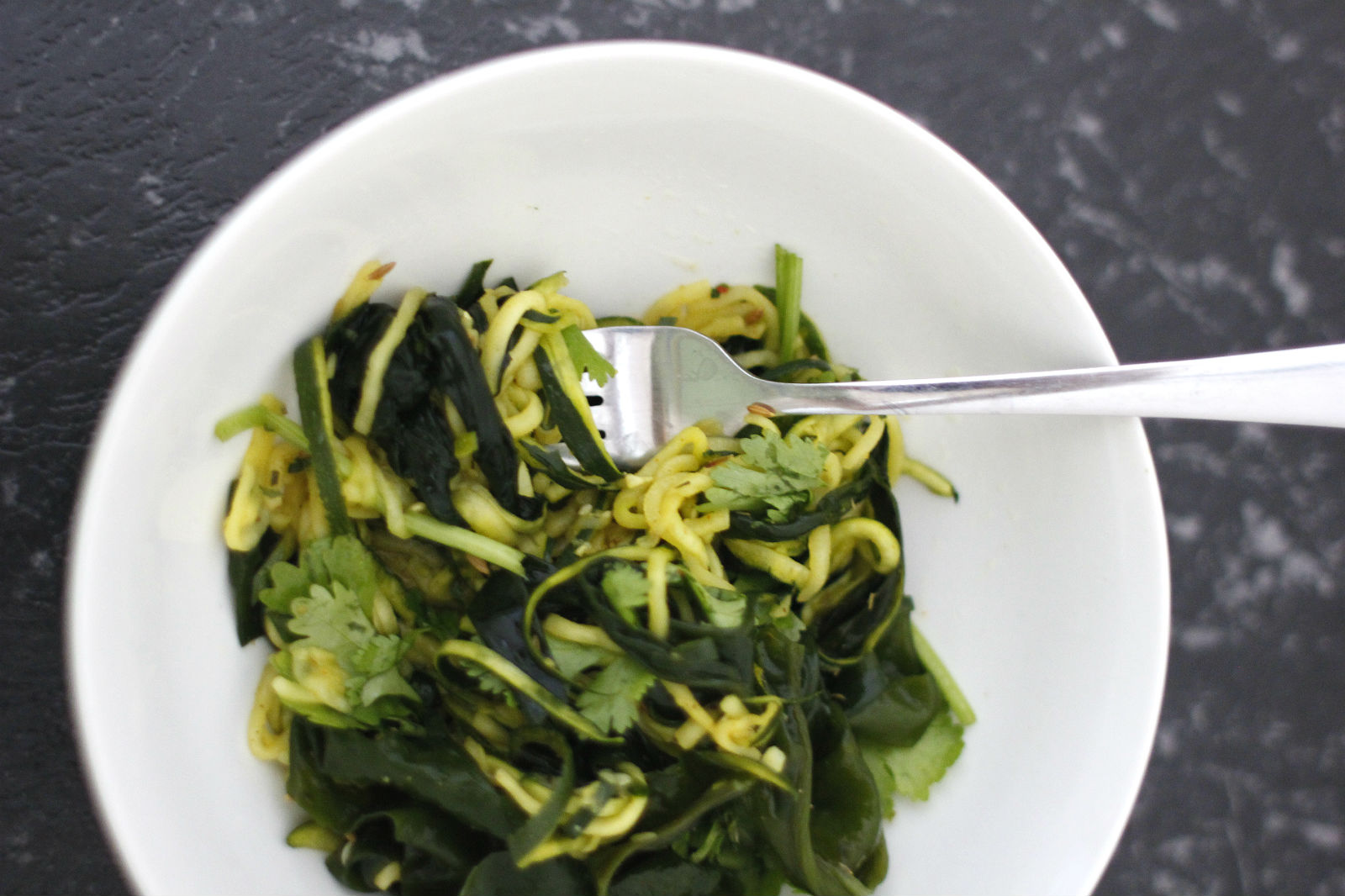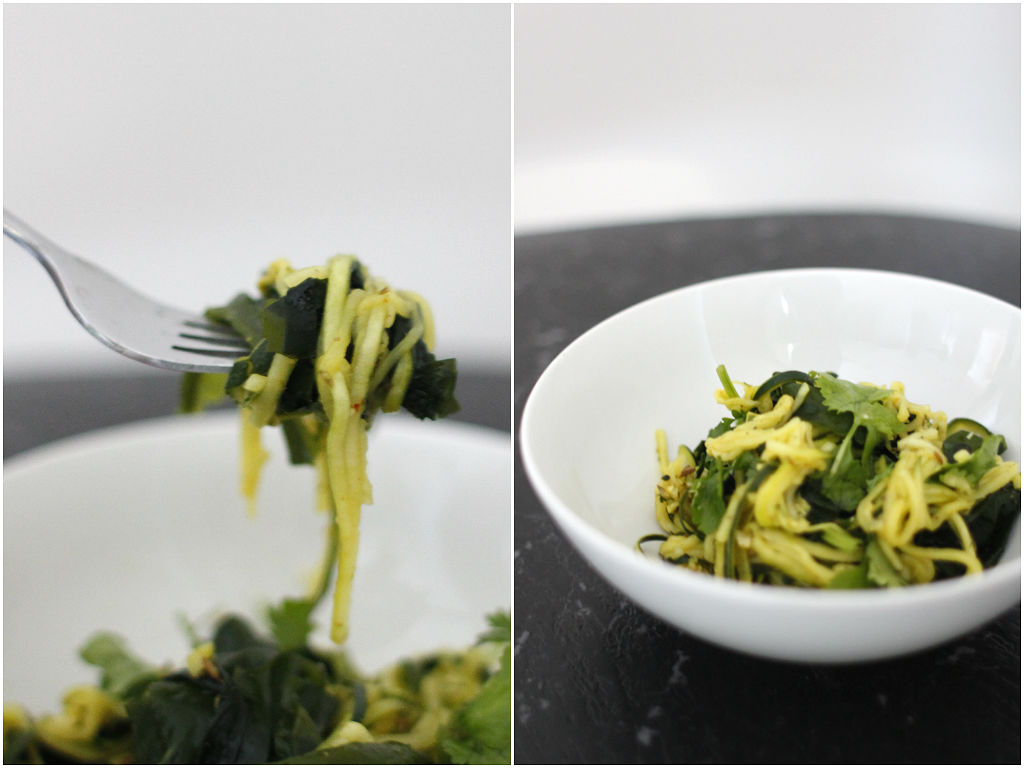 The creamy texture of the polenta and cheesy nutritional yeast makes it a perfect comfort food for a warming winter dish. I’m in love with nutritional yeast. I know the name does’t sound that appetising, but the yeast itself is grown on beets and dehydrated, so don’t let the word “yeast” scare you away. Since it is plant derived and dried out, it’s free of the harmful candida that can wreck havoc on your digestive system. This magical yellow flakes not only add a nice and cheesy taste to the dish but also provide a enormous benefit to a vegetarian diet. It is jam-packed with essential minerals and vitamins. It is a good source of vitamin B12 and folic acid, high in fibre and protein, and totally gluten-free. It is also naturally low in sodium, making it a perfect addition for those monitoring their sodium intake. For this recipe, you can top with any seasonal vegetables. Root veggie hash such as parsnip, beets and pumpkin might be nice, too. Or a poached egg on top if you want more protein.
The creamy texture of the polenta and cheesy nutritional yeast makes it a perfect comfort food for a warming winter dish. I’m in love with nutritional yeast. I know the name does’t sound that appetising, but the yeast itself is grown on beets and dehydrated, so don’t let the word “yeast” scare you away. Since it is plant derived and dried out, it’s free of the harmful candida that can wreck havoc on your digestive system. This magical yellow flakes not only add a nice and cheesy taste to the dish but also provide a enormous benefit to a vegetarian diet. It is jam-packed with essential minerals and vitamins. It is a good source of vitamin B12 and folic acid, high in fibre and protein, and totally gluten-free. It is also naturally low in sodium, making it a perfect addition for those monitoring their sodium intake. For this recipe, you can top with any seasonal vegetables. Root veggie hash such as parsnip, beets and pumpkin might be nice, too. Or a poached egg on top if you want more protein.
Ingredients
1/2 cup fine polenta
2 tbsp nutritional yeast
1 cup water or vegetable stock
1 tbsp coconut oil
2 cups of chard leaves, roughly chopped
1 cup of wild mushrooms, sliced
1 tsp Himalayan salt
1 tbsp balsamic vinegar
1/2 tsp cayenne pepper
2 garlic cloves, finely sliced
a squeeze of lemon
pepper to taste
a handful of pepitas
To make a polenta cake, place polenta and water or vegetable stock in a saucepan and bring it up to a boil. Simmer on low heat and keep stirring for 20-30 minutes until creamy and thick. Add nutritional yeast and season with salt. Stir to combine. Pour the polenta into a bowl or ramekin and set aside. Heat coconut oil in a large pan over medium heat. Add mushrooms, garlic and cayenne pepper and cook for 5 minutes. Add chopped chard leaves and balsamic vinegar into a pan and cook for another 5 minutes. Add squeeze of lemon and pepper to taste. To assemble, place a polenta cake in the middle of the plate, top with sauteed chard and mushrooms, sprinkle pepitas and drizzle olive oil on top.

